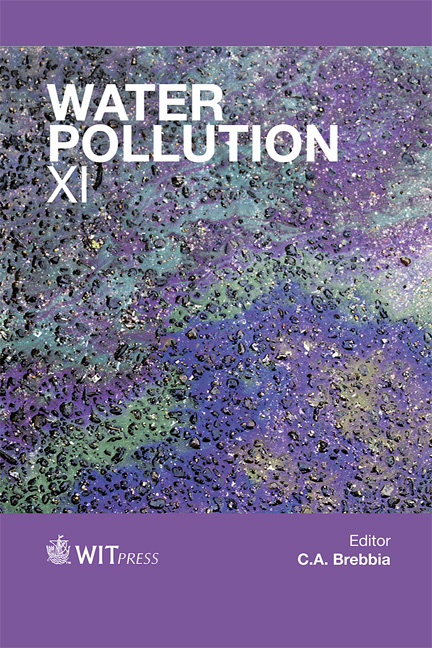Management Concept For Meadow-soils Located Downstream To Mining Dumps
Price
Free (open access)
Transaction
Volume
164
Pages
10
Page Range
149 - 158
Published
2012
Size
859 kb
Paper DOI
10.2495/WP120131
Copyright
WIT Press
Author(s)
F. Jaenig
Abstract
The hydrothermal ore deposits of the Harz region have fostered an early development of metal ore mining and the closely linked metallurgy. In the closer Harz region and its proximate foreland the soils are highly enriched with heavy metals due to the emissions of the metallurgy. Through leaching processes and fluvial transport, these particles are enriched in river basins of Oker, Innerste, Leine, and Aller in the form of watery solutions or bound to suspended particles (so-called the \“Harz-problem”). Floodwater events of these rivers lead to sedimentation in the wet lands, which partially show high concentrations of heavy metals – especially, arsenic, cadmium, copper, lead and zinc. Concentrations, which limit the human usage of these soils and waters, are common. For a consistent record and assessment of the contaminated areas by heavy metal a field mapping with regard to usage and a probing concept of the affected river area was created. On this basis a declaration of areas with equal heavy metal potentials and an assessment of the areas with regard to an action plan was carried out. Keywords: heavy metals, meadow-soils, metallurgy, soil and groundwater pollution, soil-development plan. 1 Introduction Since the 3rd century the hydrothermal ore deposits of the Harz region have fostered the development of metal ore mining and the closely linked metallurgy. In the closer Harz region and its proximate foreland the soils are highly enriched with heavy metals due to the emissions of the metallurgy and its mine dump. Through leaching processes and fluvial transport these particles are enriched in
Keywords
heavy metals, meadow-soils, metallurgy, soil and groundwater pollution, soil-development plan





